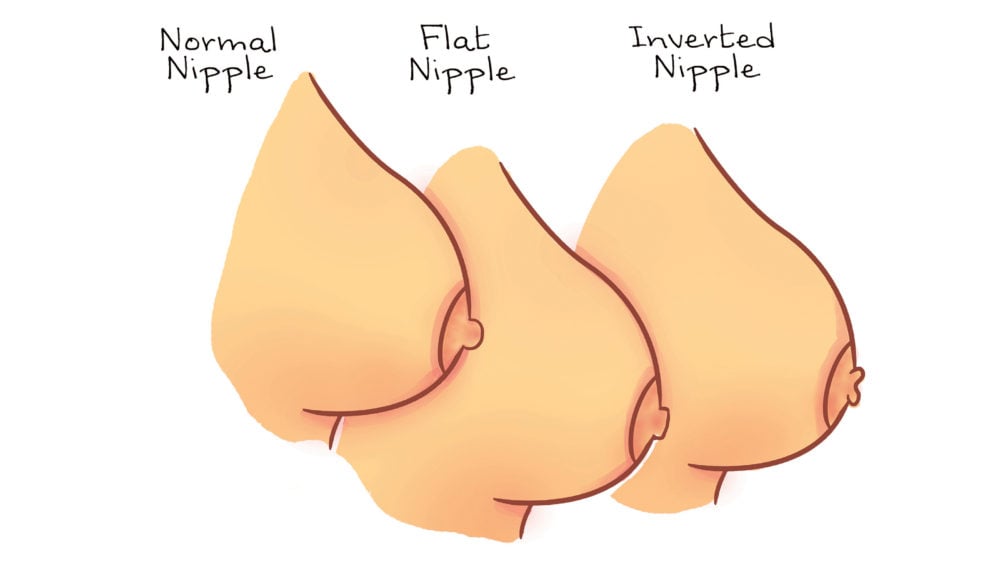1 in 8 women are diagnosed with breast cancer every year. The month of October marks the start of “Breast Cancer Awareness” and it is a very important reminder for women around the world to get their breasts checked out by a doctor as a preventative care measure. Although it is a good opportunity to receive professional advice, routine breast exams should be done regularly at home and it is important to note changes in areola color, nipple shapes, and skin texture. Below are four nipple changes one should keep an eye on that may indicate a health concern.
- Abnormal nipple discharge: According to a study done by the National Institutes of Health, nipple discharge accounts for 5% of breast cancer- like symptoms. The discharge, typically found in the milk ducts can vary in different colors, from hues of green and yellow to brown and bloody. The consistency can vary by either being milky or watery. Although, during menopause, some women may experience nipple discharge known as “Mammary Duct Ectasia.” It is important to note that this discharge is benign but still worthy of a check-up.
- Sudden nipple growth: Breast swelling is a common aspect of a hormonal change in the body, such as undergoing menstruation or the use of contraceptives. However, when there is sudden nipple growth that can indicate an issue within the breast itself. An aspect of breast cancer can be asymmetrical breasts, which means that one looks visibly larger than the other, as well as exaggerated nipple growth.
- Nipple pain: Nipples should not hurt unless you are in the week of menstruation or pregnant and breastfeeding. Random and persistent nipple pain could be a sign of breast malignancy and cancer can manifest in this way.
- Nipple variations: Like humans, nipples come in all shapes and sizes. Some are perky and out while others are naturally inverted and small. Being born with inverted nipples is not a sign of a breast malformation. However, if you are not born with inverted nipples and they invert randomly that can be an indication that something may be wrong.
- Texture of areola: If the texture around the nipple is persistently bumpy, red, itchy or scaling, that can be a sign that the breast is unhealthy. Although some light bumps are normally located around the nipple, bumps that are too large and painful in the areola are considered abnormal and would need to be looked at by a professional.
It is important to track these changes to the nipples and consult with a doctor the moment something looks slightly off-putting.
https://www.cancer.gov/types/breast/breast-changes/understanding-breast-changes.pdf
https://www.nationalbreastcancer.org/breast-cancer-facts
https://www.ncbi.nlm.nih.gov/pmc/articles/PMC3506094/
https://www.verywellhealth.com/nipple-and-areola-changes-430663



